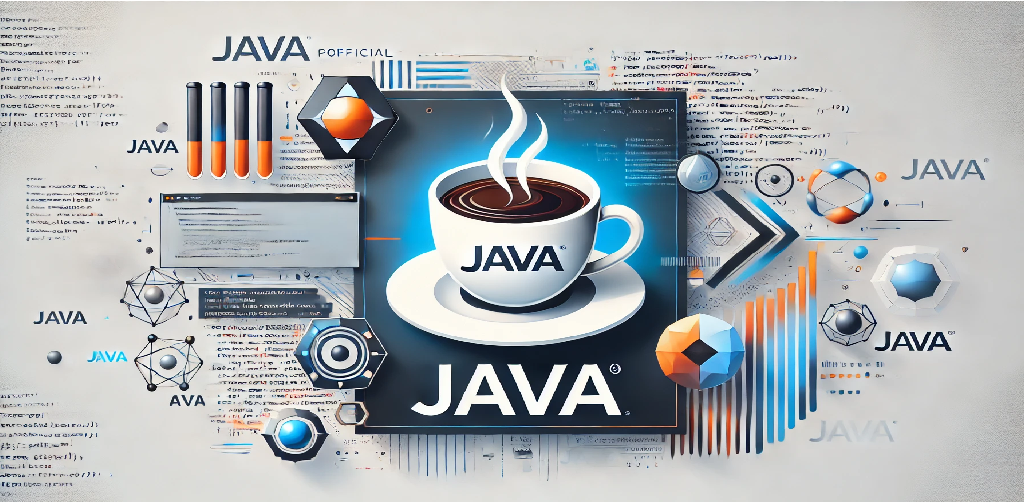How to Implement a Backup and Restore Mechanism Using Collections in Java?
Learn how to implement a robust backup and restore mechanism using Java Collections with examples. This guide walks you through using collections to manage data backup and retrieval efficiently.


